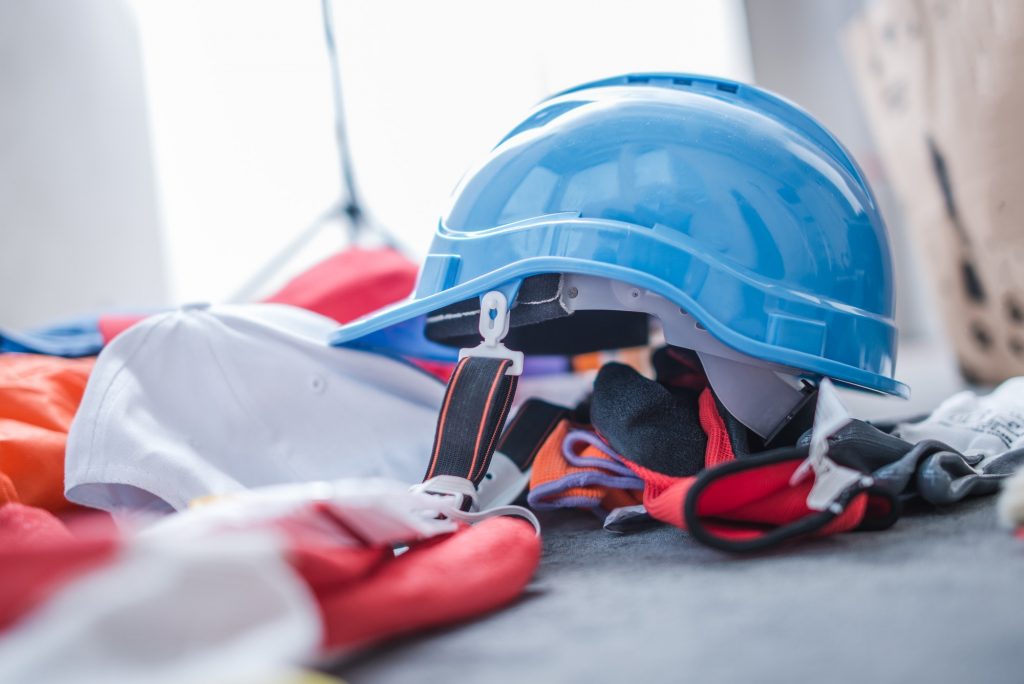Add 15 years and 35 pounds (13.6 kgs) to a worker whose job duties require lifting, agility, balance or physical exertion and you vastly increase their risk of work-related injury.
This is happening a lot. The obesity epidemic in the United States is spreading worldwide, and the results will be unfortunate. In most places, the aging workforce is taking its toll as more and more working families look at delaying retirement.
How many employers are investing in risk prevention strategies and workplace wellness strategies, but are not bringing them together? Companies often silo these initiatives like oil and vinegar. Nothing could be less effective.
PROGRESS IN WORKPLACE WELLNESS
There has been spectacular innovation in workplace wellness in the United States because of the country’s unique blend of a private health insurance system and spiralling medical costs. This has captured worldwide attention as companies with operations in Frankfurt, Dubai, Seoul and Sydney look to up their game in employee health and wellness.
This interest in workforce wellness pays dividends. The more we mitigate weight gain in aging workers the greater the rewards—particularly in injury prevention.
WELLNESS PREVENTS INJURY
A 50-year-old worker who lifts, crouches, extends or exerts himself has a greater risk for injury than a 35-year-old performing the same tasks. Employers already provide training in lifting techniques, proper foot wear and safety mats. But add the weight gain we’re seeing pandemically over the last 15 years and we have seriously upped their risk for injury.
Safety and risk management professionals need to recognize how far workplace wellness solutions have come over those last 15 years. As the wellness industry matures, we are witnessing the deployment of incentive programs that sustain change, and the integration of new technologies that get results. Employers are leveraging the science and art of health behaviour changes and seeing participation wellness programs increase, and health outcomes improve.
If you have a workforce that’s getting older and heavier, and if you have silos — bridge them. If you’ve been sceptical about wellness programs for blue collar workers — there are solutions out there that work. New school workplace wellness might surprise you.
Sometimes, in our work, there are powerful synergies just waiting to be identified. Workplace wellness and injury prevention mix well and should be considered.
Shake it up and pour.


